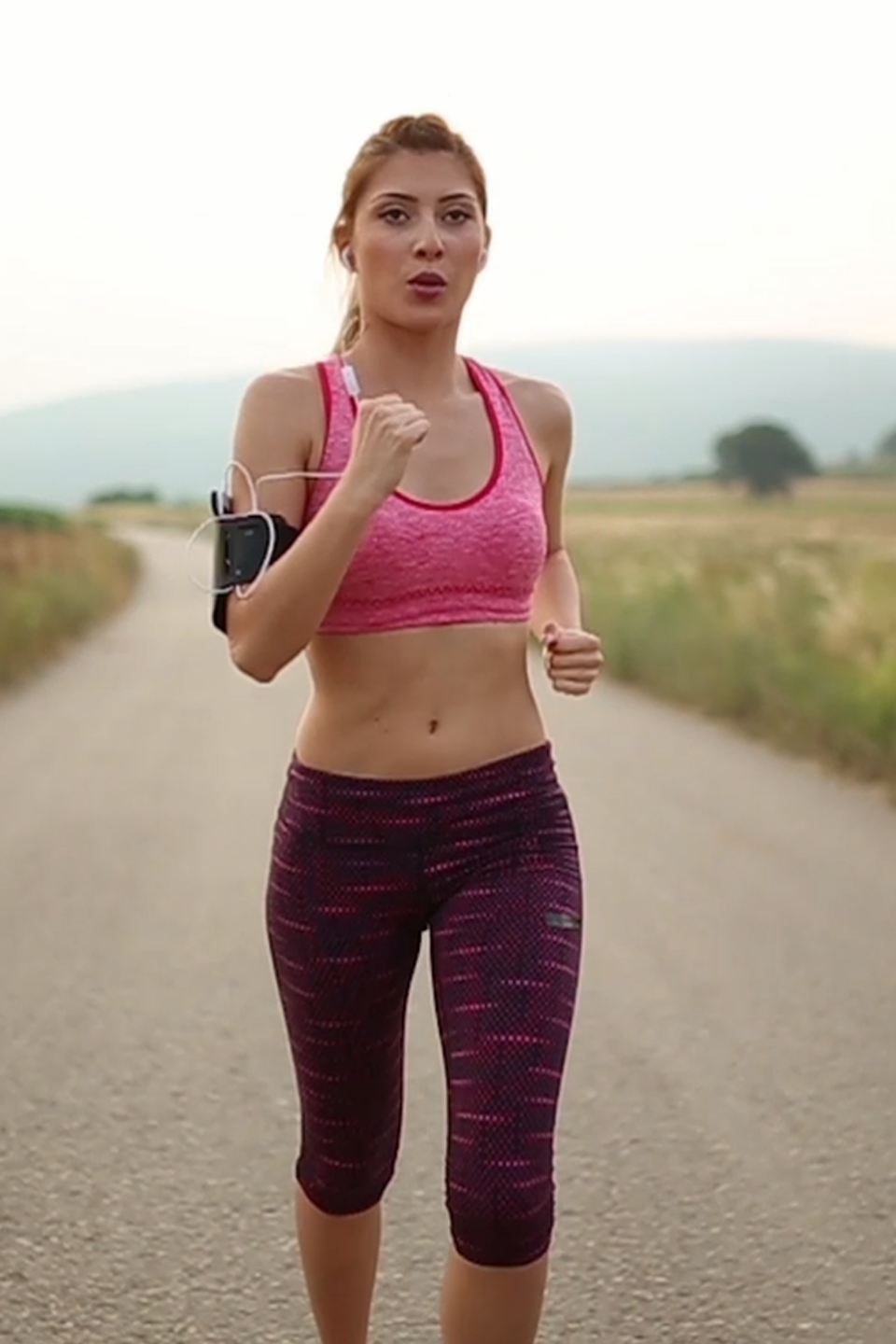
WHAT IS PHYSICAL ACTIVITY?
Physical activity is basically any movement of the body, during which energy is expended and calories are lost. Depending on the intensity of the activity, ie, depending on the extent to which the activity causes difficulty in breathing or rapid heartbeat, there is a division into light, moderate and strenuous activities.
To maintain good health, physical activity should be moderate or with more effort. Before you start exercising, always decide on the activity that suits you best or that you enjoy the most: brisk walking, cycling, garden work, aerobics, tennis, Pilates, Zumba, running, jogging, swimming, basketball, fitness, indoor soccer, hiking, yoga, skiing, etc.
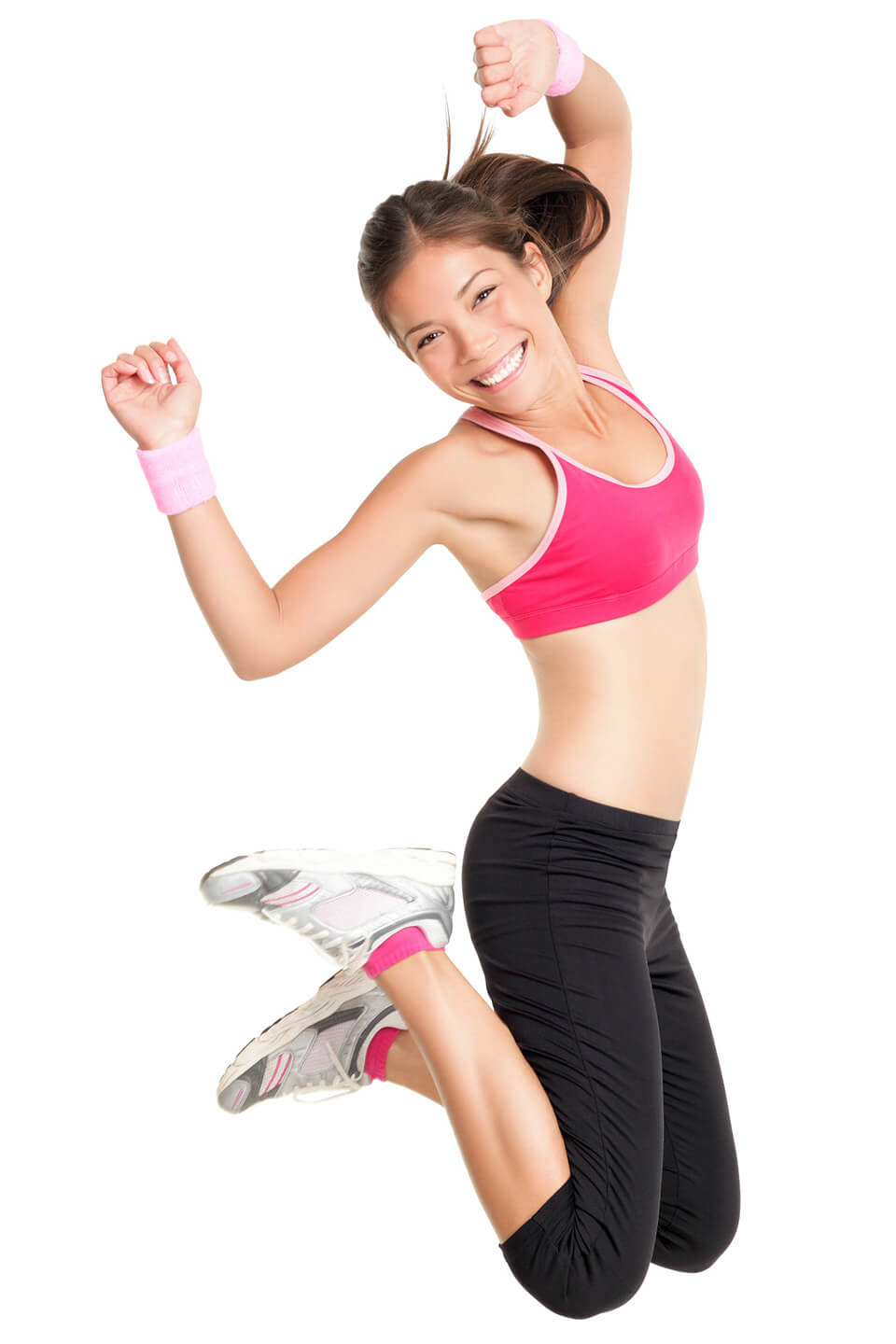
BENEFITS OF PHYSICAL ACTIVITY
By performing physical activity we:
– extend the lifespan;
– feel better;
– reduce the chances of depression;
– improve sleep;
– increase mobility;
– strengthen the muscles and bones;
– maintain a healthy body weight;
– hang out with friends or meet new ones;
– enjoy and have fun.
If we are not regularly physically active there is a danger of:
– occurrence of heart disease;
– diabetes
– high blood pressure
– increased blood cholesterol;
– increased risk of heart attack.
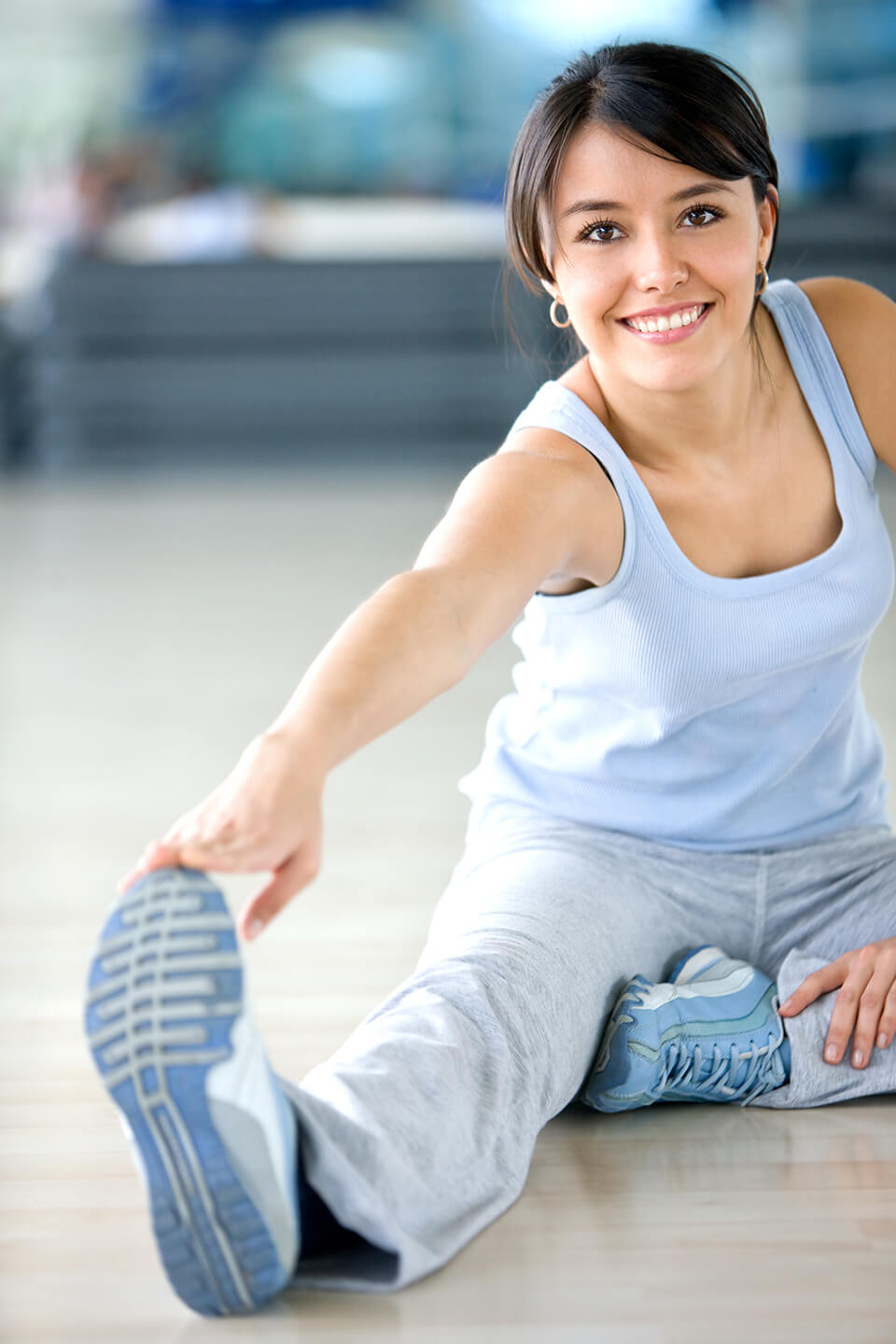
SAFETY WHEN PERFORMING PHYSICAL ACTIVITY
Here are some tips to help you:
– if you have not been active for a long time, start slowly and gradually progress with the exercises;
– understand what intensity of activities is recommended to you;
– choose those activities that best suit your physical predispositions;
– do not move abruptly to activities that require more effort;
– use appropriate equipment;
– choose a safe place to perform the activity;
– if you have a health problem, consult a professional.

FOR GREATER VITALITY - WALK
It is recommended to walk for 30 minutes daily, or at least 6 times a week, at a reasonable pace of 5-6 km per hour. This reduces the risk of heart disease and brain disease.
Walk alone or with friends. All you need is goodwill. The more you walk – the more energy you will have, and with that you will feel better.
Walking melts body fat: on average, a person consumes 100 calories per 1.5 km, which takes about 2,000 steps. Most people, after walking an extra 20 minutes a day, lose about 3 kg of fat after a year. In addition, walking relieves neck and back pain.
Research conducted at Indiana University has shown that just a few short walks during the day help lower blood pressure.
Walking speeds up the metabolism, has a beneficial effect on milder cases of depression, helps fight stress, improves joint and muscle flexibility, strengthens bones and muscles and does not strain the knees as when running or some other activities.
To see the benefits, you need to walk regularly. Do not expect a 10-minute walk on Sunday to lower your blood pressure.
Start slowly and increase your walking time and pace over time. You will feel the positive results very quickly.
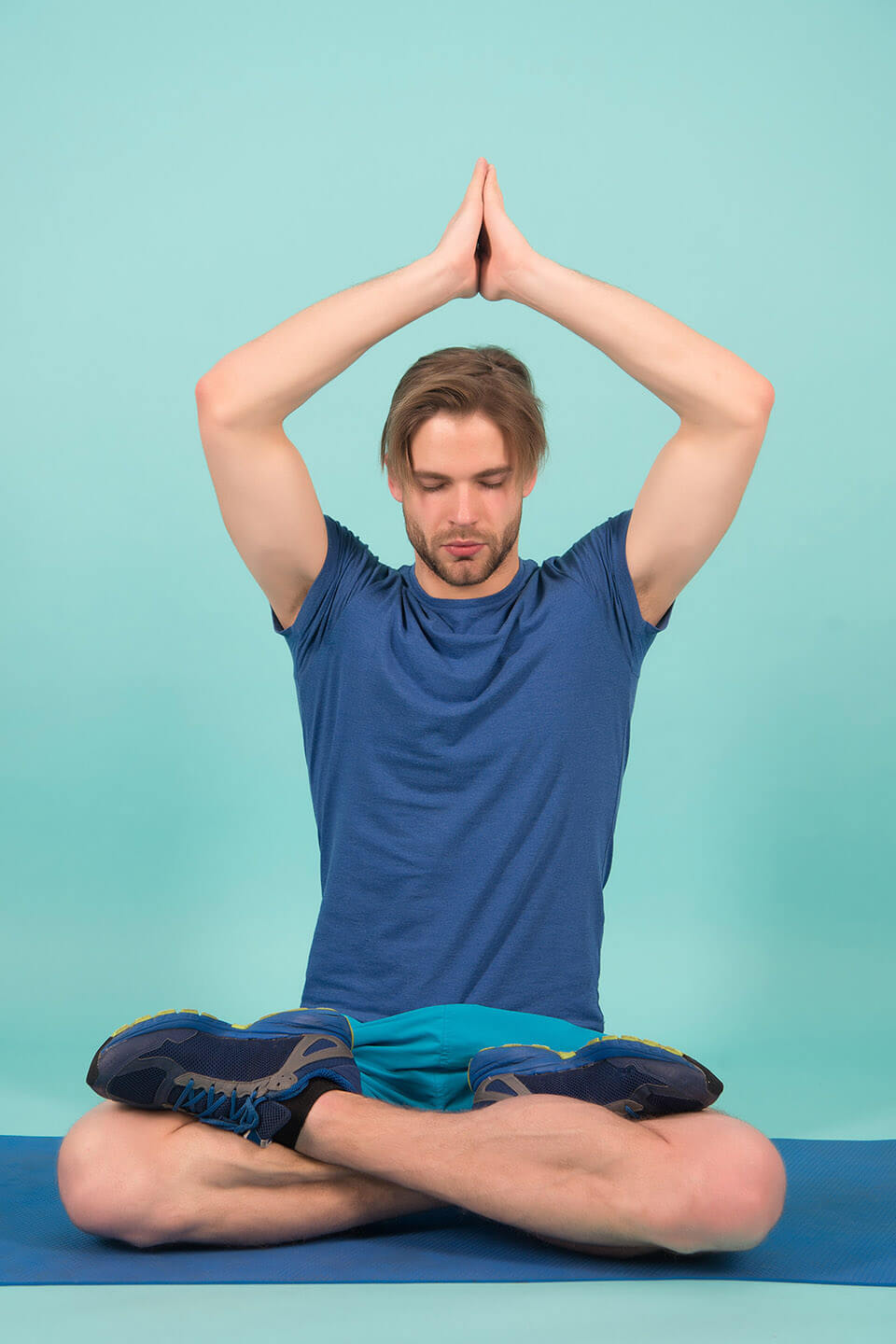
REST WITH YOGA EXERCISE
It teaches us how to be indifferent to situations that are not worth the emotional investment. In fact, it teaches us how to smile at a certain situation, instead of turning it into an unpleasant experience.
Yoga not only removes the effects of stress, but also deals with the causes of their occurrence. This Indian discipline, whose name means unity, connects body and spirit. Yoga will not overwhelm you, but will teach you how to adjust the training to your physical condition and the current mood and readiness for exercise. The basic motto of yoga is: “Exercise within the bounds of comfort.”
Although you are guided during the exercises by an instructor, he/she is not an authority that will dictate the pace, but only a bright example that you can look at.
Yoga takes place in a series of several moderate exercises, so that several muscles are activated at once. Certain exercises encourage concentration and focus, while some insist on relaxation of consciousness from ordinary thinking.
At the same time, the instructor teaches you how to balance breathing with exercise. The trainings take place in silence, so in that way you learn how to listen to others and how to listen to yourself. At the end of the training follows meditation, after which you feel renewed, rejuvenated and filled with energy.
Yoga also alleviates the effects of asthma, regulates blood pressure, reduces the risk of heart disease, reduces headaches and has a positive effect on metabolism. Yoga teaches us how to accept and love our body, no matter what others think of it. And most importantly – yoga is not only a means to quickly achieve the beauty of the body, but also a life philosophy of harmony.
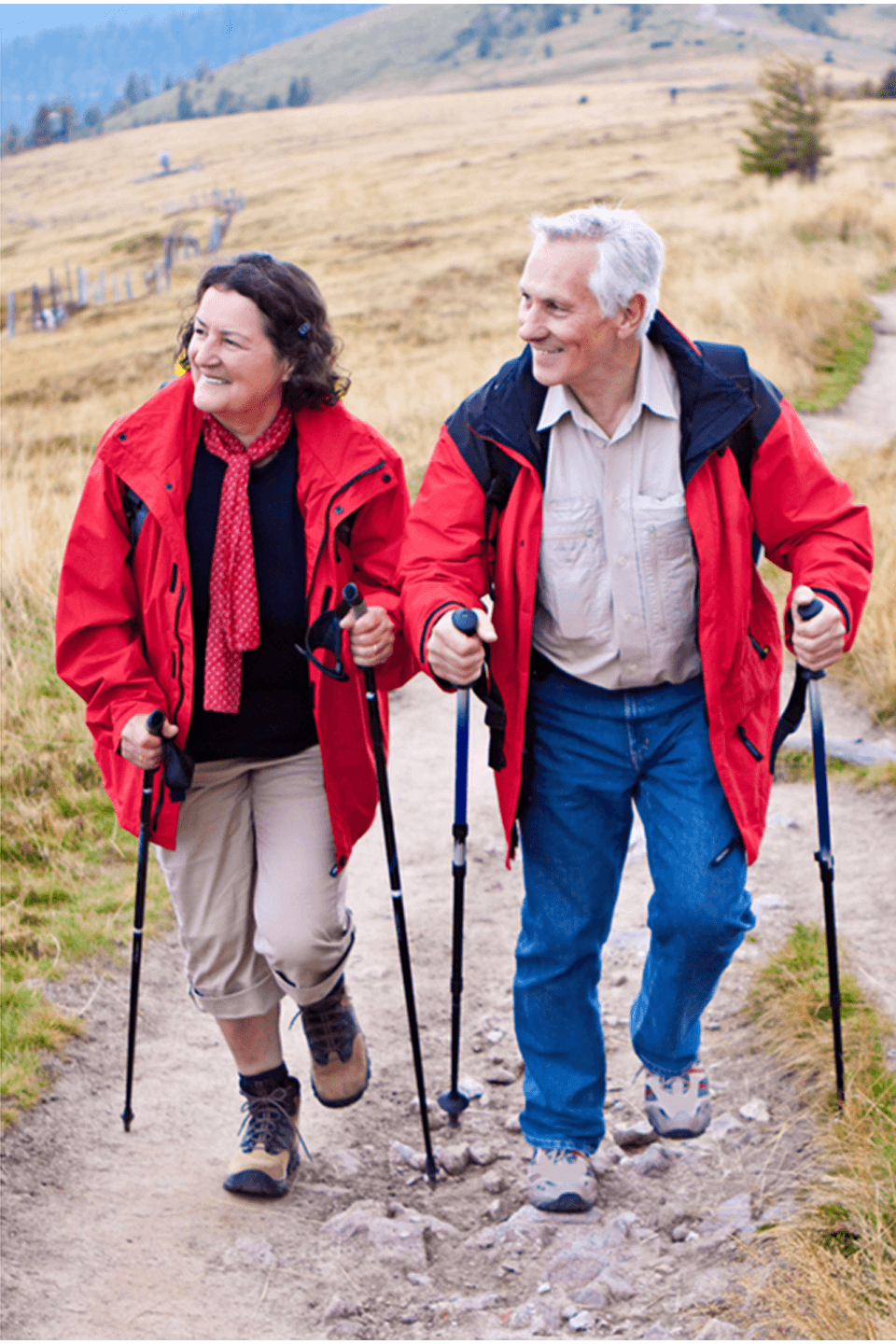
HEALTHY AND VITAL IN AN ADVANCE AGE
Unlike them, we live in an environment where the air is very polluted, the water is not like that of the Himalayas, and we use food with reduced nutritional value. We eat too much and move too little. In addition, we use different drugs for every purpose. All this leads to a slowing of the metabolism, loss of bone density, muscle relaxation and the creation of a basis for other additional diseases.
How to slow down the aging process?
We must not forget one thing – aging is not synonymous with disease.
Leading a healthy lifestyle can convince us of that.
To slow down the aging process, the main factor is consuming large amounts of water. Make fresh food (fruits and vegetables) your daily routine, because it provides the body with vitamins and minerals. Raw nuts (almonds, walnuts, hazelnuts), raw seeds (flax, sunflower, sesame, pumpkin) and whole grains are enriched with dietary fiber ( and are found in wholemeal breads, and especially in bread with sunflower with 6 seeds ).
Use onions, leeks, garlic (rich in sulfur) more often because they have an anti-aging process and have anti-cancer effects.
Do some light aerobic exercise in the morning, take a walk in the park, use every opportunity to go swimming or hydromassage.
For dinner, use wholemeal bread, which contains wheat. Wheat is rich in phytoestrogens, one of the most important anti-aging hormones.
And do not forget – good sleep provides a long youth.
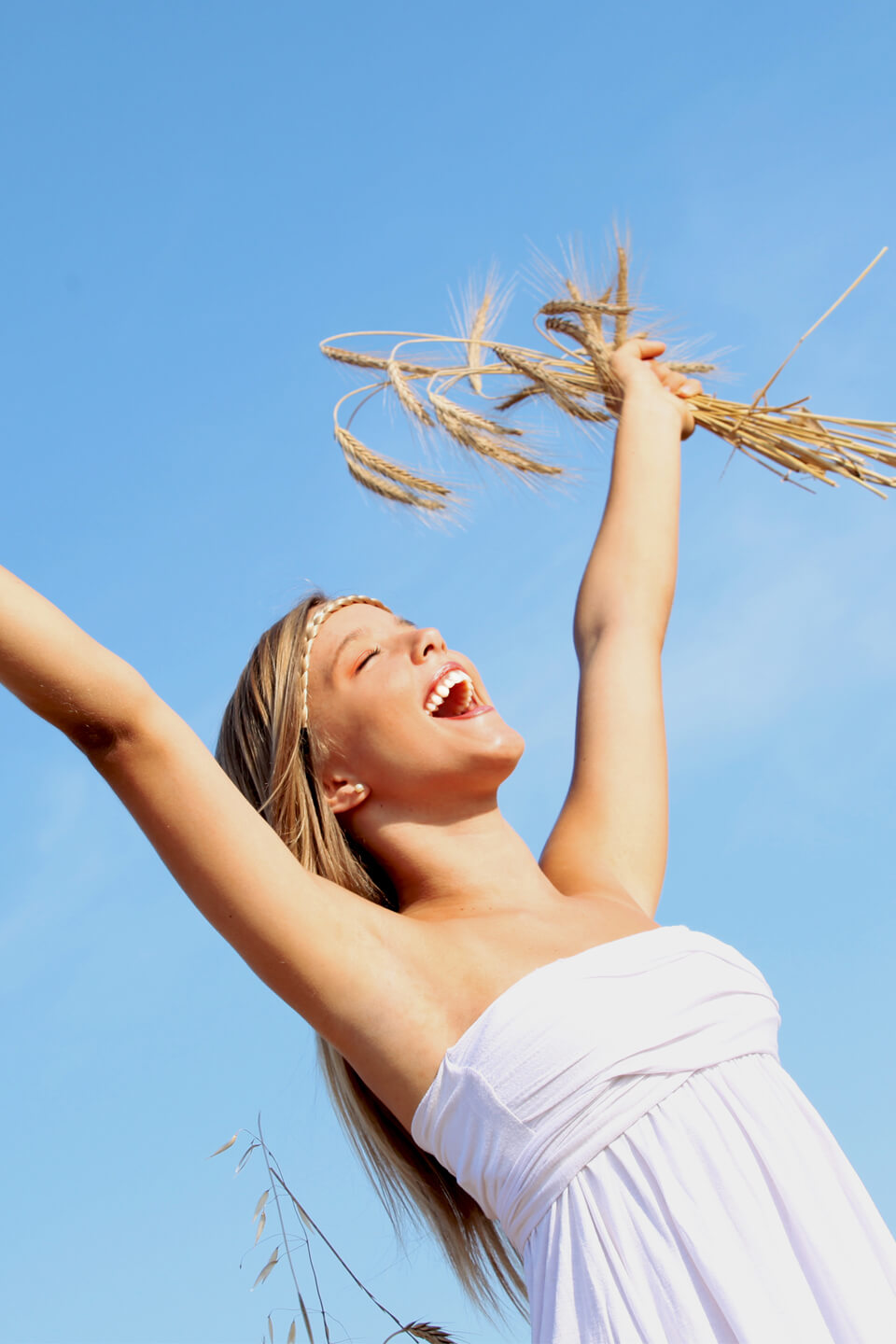
FOOD FOR A GOOD MOOD
But research has shown that food also affects our mood.
Neurotransmitters (serotonin, dopamine, epinephrine and norepinephrine) are responsible for our good or bad mood.
So, for example, when the brain produces serotonin, the person feels relaxed, satisfied and happy. On the other hand, if dopamine is secreted, then the person feels discomfort, nervousness and anxiety. Low levels of serotonin often cause even depression.
Complex carbohydrates have a positive effect on the level of serotonin in the body.
Whole grains, from which Super Breads are made, are the main source of complex carbohydrates and supply the body with many B vitamins, including B11 (folic acid), so consuming these breads increases the level of serotonin, which affects the positive mood.
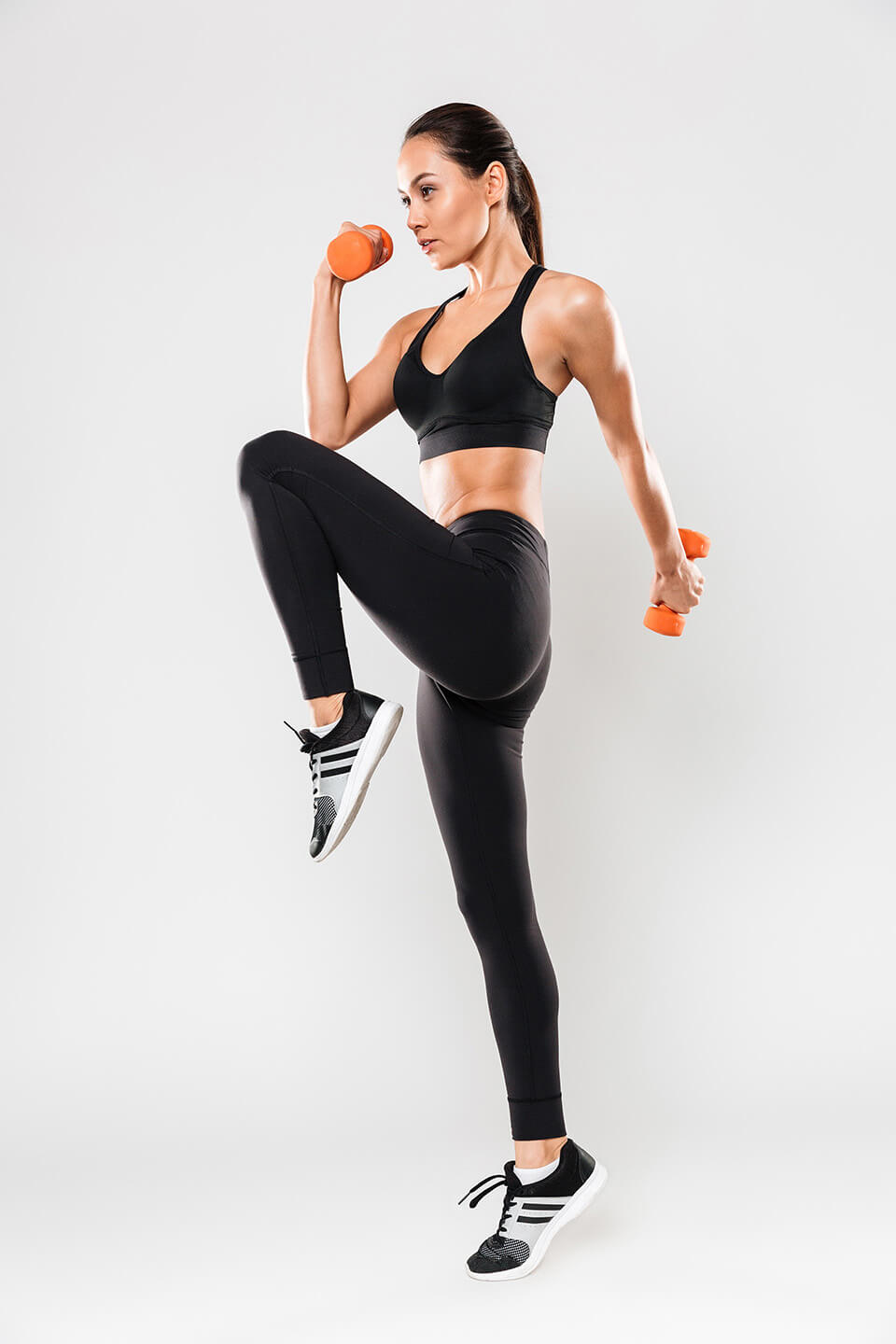
AEROBICS
The name aerobics is derived from the combination of the words air (air) and bios (life). The exercises are accompanied by a musical background, so they are pleasant and fun to perform.
Training has a positive effect on mental health and relieves you of stress, and is useful for all those who want to improve their health or achieve great physical fitness.
The results will show over time – it is important only to have the desire, to be persistent and to lead a proper diet.
To achieve the expected results, you need to attend aerobics classes 3-5 times a week. You will notice the benefits after 8 weeks of regular exercise.
Active and regular aerobic exercise leads to:
– improvement of the immune system;
– increase of energy;
– reduction of subcutaneous fat tissue;
– muscle strengthening;
– healthy cardiovascular system;
– improved metabolism;
– stress reduction;
– greater flexibility and durability.
Do aerobics, have fun and keep your youth and health.



